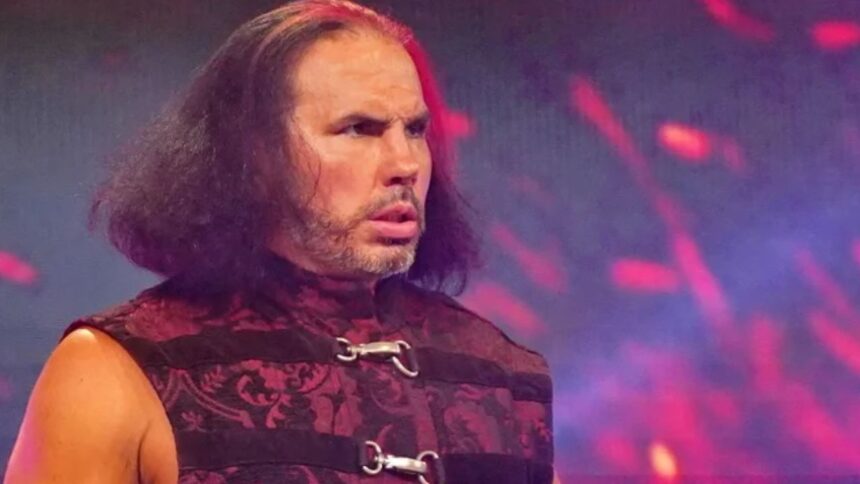Cinematic matches are a relatively new innovation in professional wrestling history. Although WWE dabbled with cinematic presentations as far back as the ’90s, it is Matt Hardy who is often credited with revolutionizing the concept. Even WWE’s current head of creative, Paul “Triple H” Levesque, acknowledges Hardy’s significant contributions. The campiness of 2016’s “Final Deletion” match in TNA and the 2018 “Ultimate Deletion” follow-up in WWE charmed many fans. However, some were taken aback when WWE commentator Michael Cole introduced the latter segment with an apology for what viewers were about to witness.
“I knew that came from Vince,” Hardy shared on his “Extreme Life of Matt Hardy” podcast. “That was absolutely a Vince line, fed in … they were trying to cover their a** in case it’s something that didn’t seem like it’s up to WWE standards. [But] I felt like, give us the fairest opportunity to go out and do our thing, and let it be as greatly received as it could possibly be. I felt like it was just very counterproductive.”
Hardy expressed his disappointment with the introduction, noting it was a typical “Vince-ism” reflective of WWE’s former CEO Vince McMahon’s approach to ideas that were not his own.
“It wasn’t a Vince creation,” Hardy explained. “Because it wasn’t a Vince creation, much like a WCW, it’s not something that he was probably going to fully get behind. It’s a concept that we got over at TNA, but now it’s a WWE thing. We’re trying to push it and promote it in WWE, so why be counterproductive to something you own?”
Despite Hardy’s efforts, WWE shelved cinematic matches until WrestleMania 36, significantly influenced by the COVID-19 pandemic. In that unique event, WWE presented two cinematic matches: Bray Wyatt versus John Cena in a “Firefly Fun House” match and The Undertaker versus AJ Styles in a “Boneyard Match,” which served as The Undertaker’s last “official” match.
The cinematic match format provided a creative solution to the challenges posed by the pandemic, offering a new way to engage fans without a live audience. These matches showcased the potential of the cinematic style, blending the dramatic storytelling of professional wrestling with the production quality of film.
As wrestling continues to evolve, the impact of Matt Hardy’s vision for cinematic matches remains evident. His pioneering efforts have opened new possibilities for the industry, demonstrating that innovation often requires challenging the status quo and embracing new ideas.




